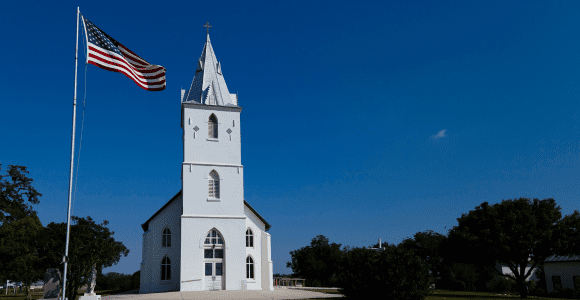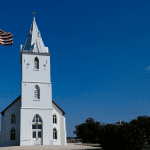
In this part of Mark’s gospel, Jesus has begun teaching and called his initial followers. Then, his first public act is this exorcism on the Sabbath in the synagogue!
Welcome Readers! Please subscribe to Social Jesus Here.
(Read this series from its beginning here.)
The first act of Jesus in each gospel tells us a lot (see Luke 4:18-19.) Here in Mark, Jesus’ first supernatural act is an exorcism. Healers and exorcists were everywhere in the world for which the gospel of Mark was originally written, yet they did not provoke the wrath of the local authorities the way Jesus’ healings and exorcisms did. Others did the same activities Jesus did, but were not viewed as a threat by those in power. Jesus, on the other hand, experiences hostility from the authorities from his very first act.
Then the Pharisees went out and began to plot with the Herodians how they might kill Jesus. (Mark 3:6)
And the teachers of the law who came down from Jerusalem said, “He is possessed by Beelzebul! By the prince of demons he is driving out demons.” (Mark 3:22)
In our story, Jesus comes from the wilderness or margins of his society to enter the local, central locations of sacred time (the Sabbath) and sacred space (the synagogue). I want to be clear, though. These stories are not a religious challenge to either the Sabbath or the synagogue. These stories are not anti-Semitic, though Christians have used them to harm Jewish people. Jesus never railed against the Sabbath as an institution. Nor did he ever preach against having synagogues. Rather his challenges were always aimed at those in positions of power over both sacred time and sacred space. Jesus also politically challenged those in power over the masses because of their complicity with the Roman empire.
From the very start, we see Jesus contrasted with the scribal establishment. The people claim that Jesus is offering a “new teaching with authority.” The Greek word for authority relates to doing what one pleases without having to have someone else’s permission. Those in the scribal establishment were under the authority of Rome and knew well not do promote anything that threaten Rome’s leave or permission for them to exist. Synagogue leaders also answered to the priesthood power structure back at the capital of the temple state, the temple in Jerusalem. This priesthood answered to the High Priest who was chosen by the Roman empire and answered to both Herod (Rome’s agent) and to Caesar.
The people also claim that Jesus’ authority was different and “not as the teachers of the law.” Jesus is standing outside of Roman permission, not answering to it. As the framing of Jesus’ first exorcism story, this gives us a hint as to how we should interpret these stories in the rest of Mark.
Again, I think that we should take this exorcism story symbolically, not literally. Jesus is liberating the people from that which has inhabited and “possessed” their sacred times and sacred spaces through the authority of Rome. No sooner does Jesus step into the status quo sacred space and authority structure than he meets this man. It’s a good hint that we are on the right track here: later in Mark’s gospel the author comes right out and tells us, that which Jesus is exorcising is Rome. We’ll one later example in Mark, next.
(Read Part 3)













